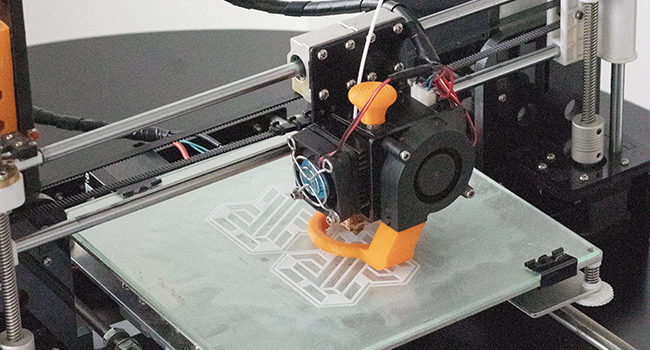
In today’s digital age, where screens dominate our lives, the significance of printing paper may seem diminished. However, the reality is that printing paper remains an essential commodity for various industries and individuals alike. Whether it’s for office documents, marketing materials, or creative projects, understanding the cost of printing paper is crucial for budgeting and decision-making. In this article, we will delve into the multifaceted aspects of printing paper costs, exploring factors such as raw materials, production processes, market dynamics, and sustainability considerations.
- The Raw Materials:
Printing paper is primarily made from wood pulp, which can be sourced from different types of trees, including softwood and hardwood. The cost of printing paper is influenced by the availability and quality of these raw materials. Factors such as climate change, deforestation, and supply chain disruptions can impact the cost of wood pulp, leading to fluctuations in printing paper prices. - Production Processes:
The manufacturing process of printing paper involves several stages, including pulping, bleaching, refining, and drying. Each step requires energy, chemicals, and machinery, contributing to the overall cost. Technological advancements and economies of scale can influence production costs, making it essential for manufacturers to optimize their processes to remain competitive. - Market Dynamics:
Printing paper costs are subject to market forces, including supply and demand dynamics, currency fluctuations, and trade policies. The global paper industry is highly competitive, with numerous players vying for market share. Changes in demand patterns, such as the shift towards digital media, can impact the pricing of printing paper. Additionally, regional factors, such as government regulations and import/export tariffs, can affect the cost of printing paper in specific markets. - Sustainability Considerations:
In recent years, environmental concerns have become increasingly important in the paper industry. Sustainable sourcing, responsible forestry practices, and recycling initiatives are gaining traction. Manufacturers adopting eco-friendly practices may incur additional costs, which can influence the price of printing paper. Consumers and businesses are also showing a growing preference for environmentally friendly paper products, further shaping the market and pricing dynamics. - Cost Variations and Factors to Consider:
When determining the cost of printing paper, several factors come into play. These include paper weight, size, finish, brightness, and intended use. Specialty papers, such as those used for high-quality printing or specific applications like photography, may command higher prices. Additionally, factors like transportation costs, packaging, and distribution channels can impact the final price of printing paper.
Conclusion:
Understanding the true cost of printing paper involves a comprehensive analysis of various factors, from raw materials and production processes to market dynamics and sustainability considerations. By considering these aspects, businesses and individuals can make informed decisions when purchasing printing paper, optimizing their budgets, and aligning with their environmental values. As the world continues to evolve, the cost of printing paper will remain a dynamic and multifaceted topic, requiring ongoing attention and adaptation within the industry.

